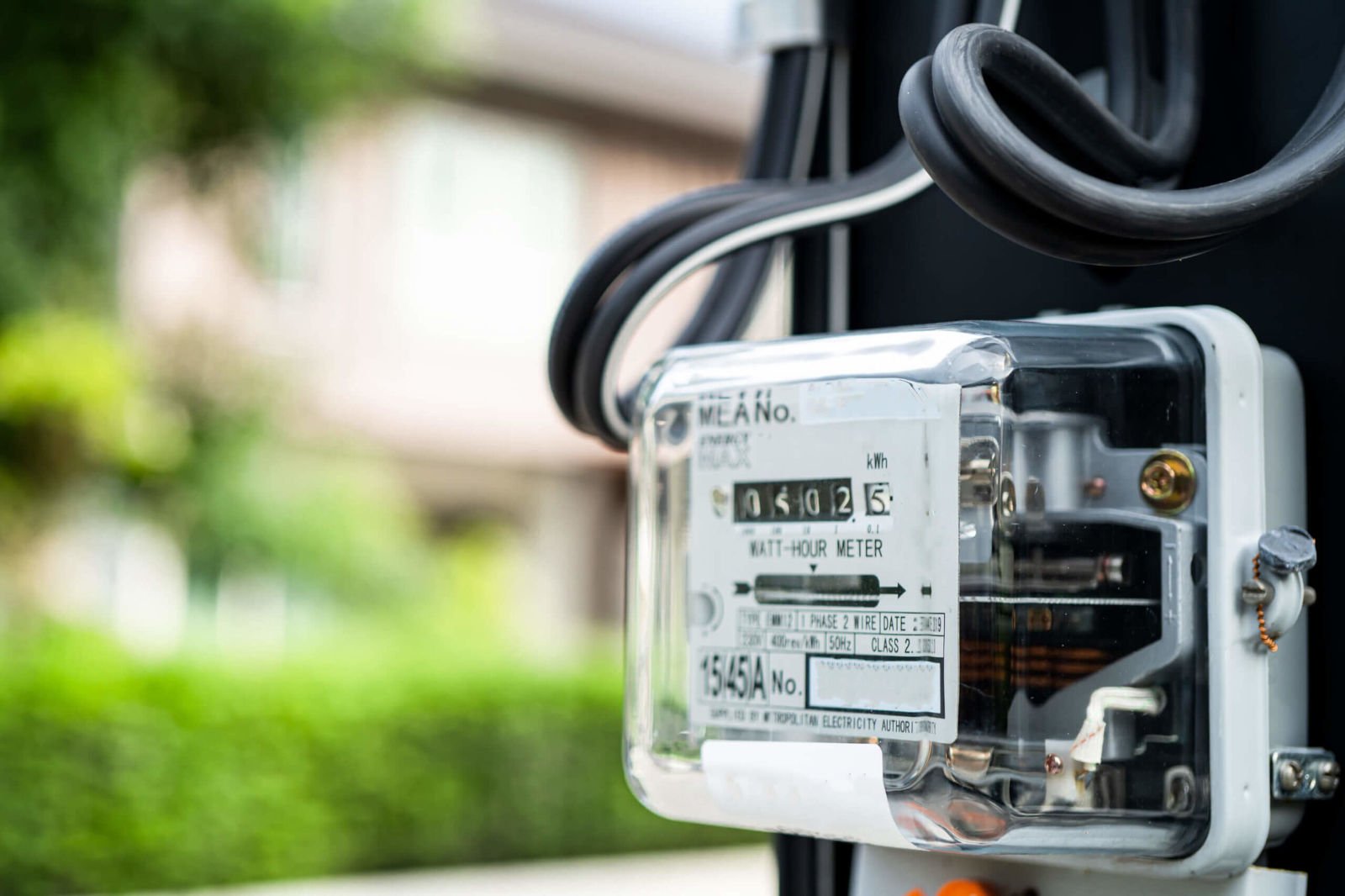When a company has been manufacturing for some time, they are confronted with practices related to energy inefficiencies, such as air compressors that run 24/7, even when the plant is not working; leaks that go unnoticed for days or weeks; new equipment that may have saved a small amount in price but consumes more energy. Sound familiar?

Historically, lean methodologies have not considered energy as a waste stream. However, with the advent of ongoing energy efficiency programs, companies have discovered that energy can have a significant impact on their productivity and profitability.
If you don’t already have an energy management program, you can start with simple activities to move your company in the right direction in saving energy costs.
You can start small by implementing these simple energy-saving options to reduce utility bill costs.
Identification and elimination of compressed air leaks
In almost every company facility, compressed air leaks are the main culprit of wasted energy. However, plant managers who are busy managing equipment and overseeing production lines often don’t realize how costly a compressed air leak can be. For example, a half-centimeter leak at a pressure of 0.7 atm and a price of $0.12 per kWh can cost you $19,461.07 per year. On the other hand, if you reduce the compressed air pressure by just 0.136 bar, you can reduce your energy consumption by 1% overall.
Optimize downtime and equipment reconfigurations
Downtime due to organizational problems, technical problems or equipment reconfigurations are some of the biggest energy wasters in modern manufacturing plants.
Start by determining the cost of downtime. Then set a goal to reduce those costs and prioritize the equipment that offers the greatest energy savings. Work with sales teams to plan line utilization and uptime, minimizing overwork and downtime when changing equipment. Result? Reduced energy costs and increased productivity.
Use of used or old equipment
If you’ve bought used equipment, you probably think you’ve saved. But you probably left out the cost of energy. When energy costs and utilization levels are incorporated into the calculations, it is sometimes more cost-effective to buy new equipment that is better designed and provides better quality.
Case in point: A manufacturer used a hot oil bath to heat treat their own chainsaw. They purchased a used bath that was originally designed for much larger parts. When the volume of oil in each tank was measured, it was found to contain significantly more oil than the original technical specification, and the oil temperature was 60 degrees above standard operating procedure. Needless to say, the low price of the used equipment was not so good considering the energy loss.
Ask the team about energy savings
When you are trying to implement energy conservation, the worst thing to do is to inform your organization that you are starting a new initiative and looking for revolutionary ideas. You don’t need to reinvent the wheel. Instead, analyze one of the successful programs and use it as a model for your energy program.
If you have a lean manufacturing program, make energy an agenda item at a kaizen event. Ask an “energy question.” Incorporate energy into your existing matching process and think about what it would look like if you replaced the words “safety” or “quality” with “energy” in your current programs.
In the end, the best way to save energy is to simply start taking small actions that help you reach your goal. One company recently implemented a program to reduce water consumption and achieved remarkable results simply by saying they were going to do the work. No big investments, no official programs, just encouraging this culture. By making a focused effort and better use you can achieve the goal of reducing energy costs in your company.